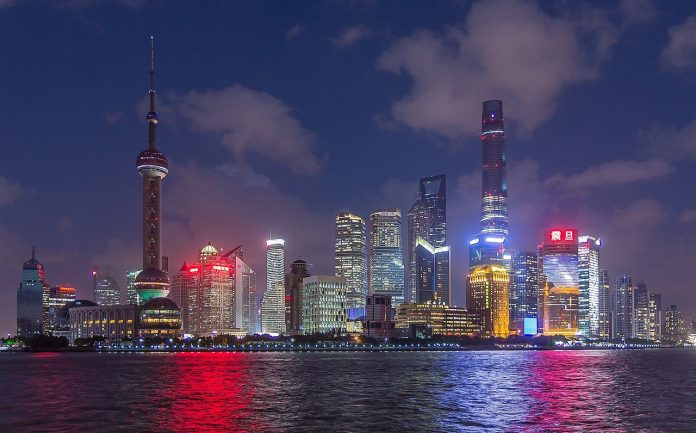China is charting its course for the next five years, and the world is watching closely.
The 20th Central Committee of the Communist Party of China (CPC) has just concluded its fourth plenary session in Beijing, where top leaders gathered to map out the direction for the country’s 15th Five-Year Plan covering 2026 to 2030.
These Five-Year Plans aren’t just bureaucratic exercises, they’re comprehensive blueprints that guide everything from economic policy and infrastructure development to social programs and environmental initiatives across the world’s second-largest economy.
As China approaches the end of its current 14th Five-Year Plan (2021–2025), participants at the meeting celebrated what they described as “momentous and extraordinary” achievements in national development over the past few years.
So what’s the vision for the next phase? The upcoming 15th Five-Year Plan is being positioned as a crucial bridge, connecting past successes with future ambitions.
Specifically, it’s designed to keep China on track toward “basically achieving socialist modernization” by 2035, a long-term goal that encompasses economic prosperity, technological advancement, environmental sustainability, and improved living standards for all citizens.
Perhaps most interesting for the international community is China’s reaffirmed commitment to openness. Officials made it clear that China will continue opening up to the world, deepening international cooperation, and creating what they call “win-win opportunities” with other nations.
This suggests continued integration with global markets and partnerships, despite recent geopolitical tensions.
As China evolves, its massive economy and population mean that decisions made in Beijing ripple across the entire world, affecting everything from trade patterns to climate initiatives.


